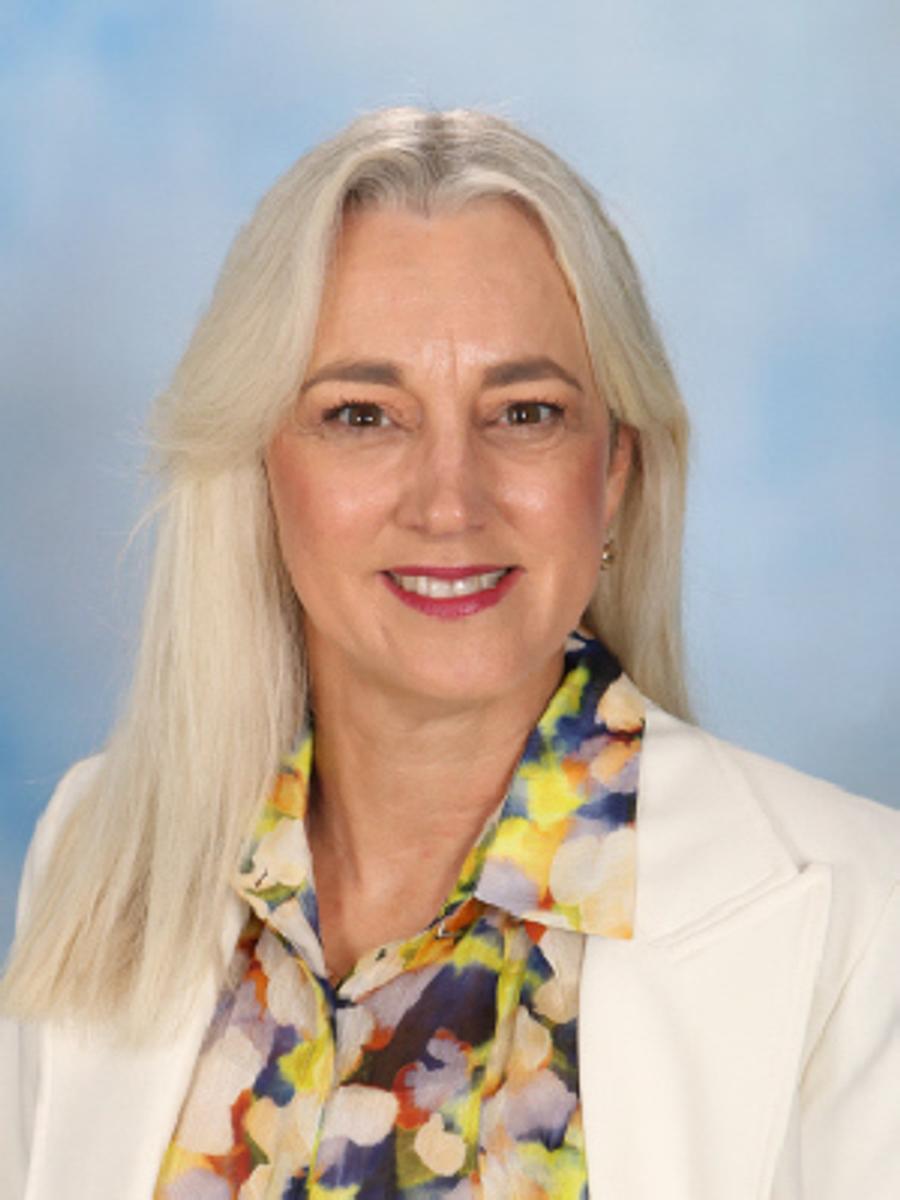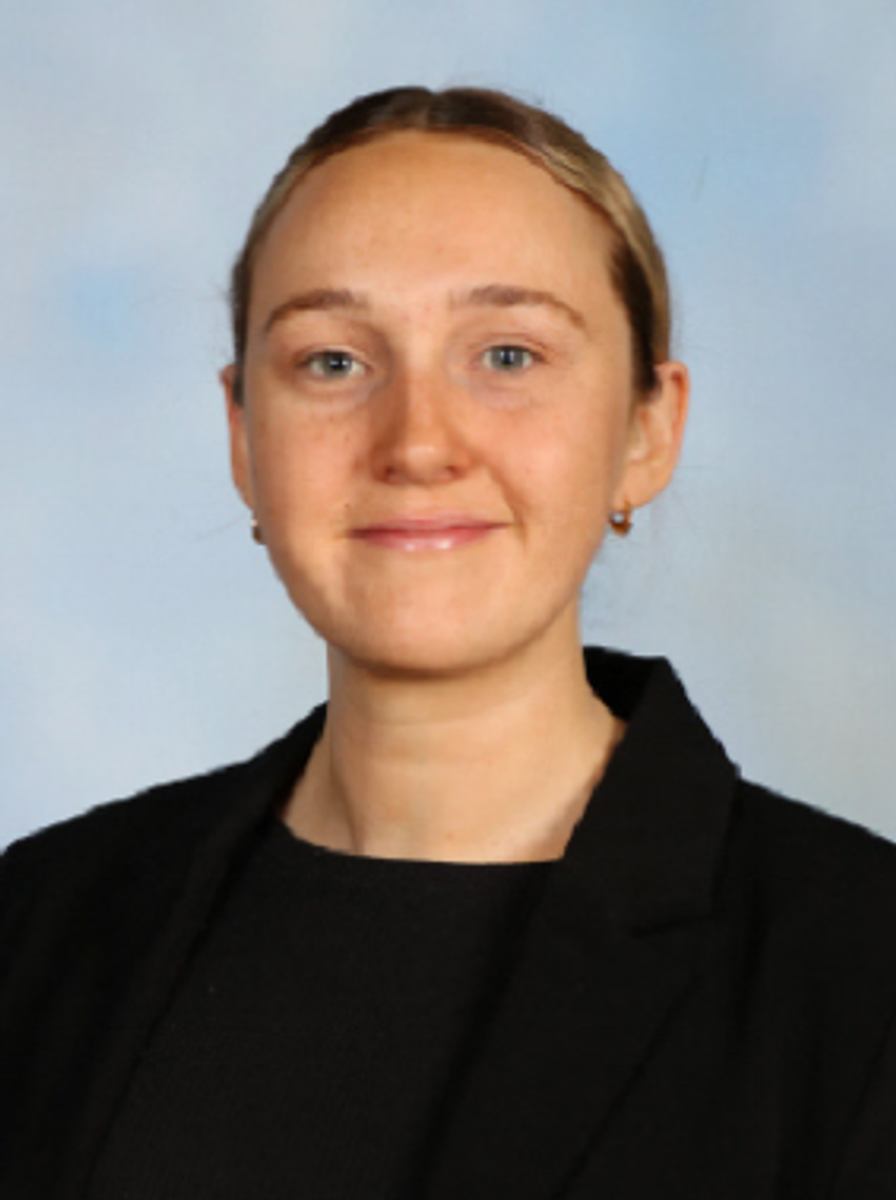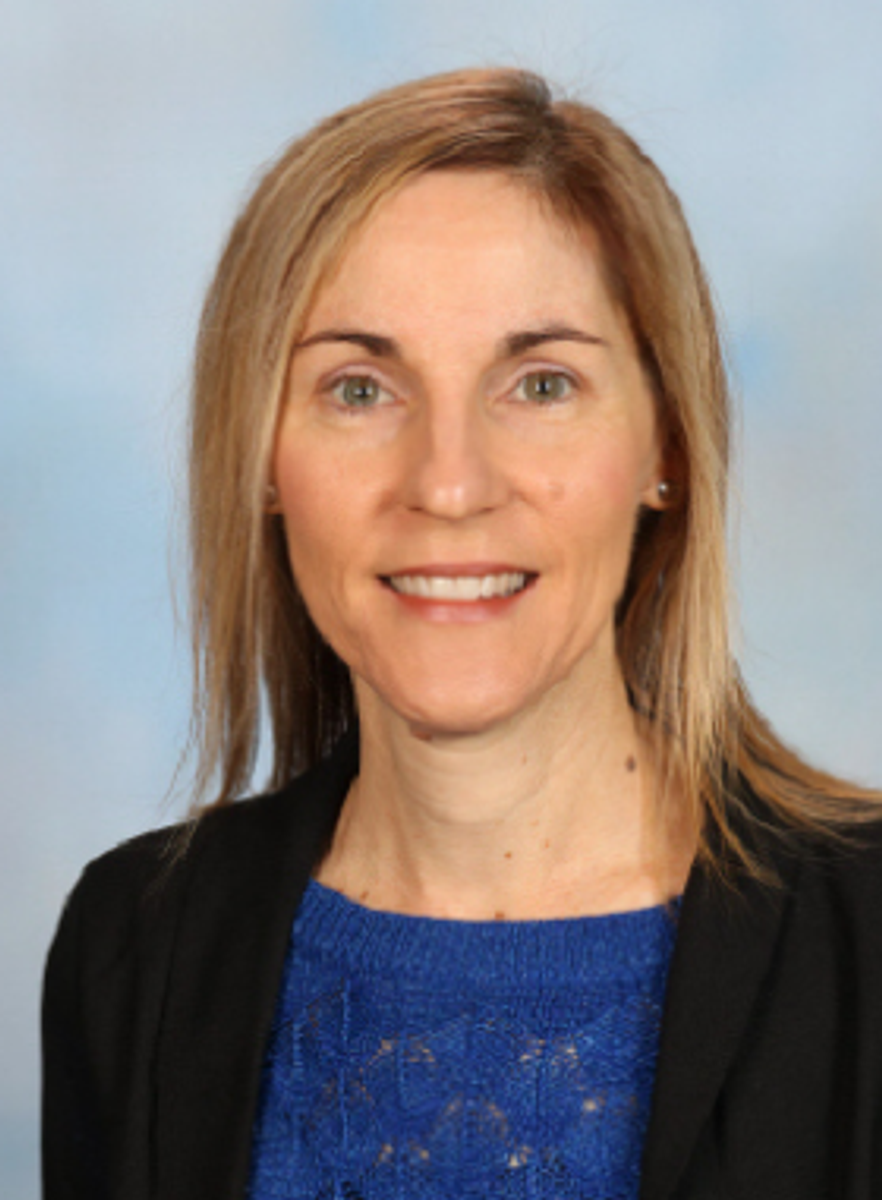Deputy Principal
Student Development & Wellbeing - Michelle Licina

Deputy Principal
Student Development & Wellbeing - Michelle Licina


From Paris to Kedron – Wisdom from our sporting heroes
I love this time of year. The last few weeks have given us the Olympics, Paralympics, US Open, La Vuelta and the NRL/AFL roads to the finals. There have been late nights, early mornings and edge-of-the-seat moments. I am so grateful for the moments when my household can sit together on the couch and enjoy these moments as a family and often around a bowl of chips. There is banter. There is laughter. There are tears. There is joy.
We had four Aussie men in the US Open third round – the first time since 1997. Australia had our best Olympic medal haul in the modern Olympics 128-year history. The Brisbane Lions – grand finalists in 2023 - have clawed back from a rough 2024 start to take a place in the top 8. The Brisbane Broncos not so fortunate. How beautiful is regional Spain as cyclists manoeuvre their way in gruelling uphill climbs and at-speed descents.
There is so much wisdom to be gained by good people who dedicate their life to a sport, and I know this is why I love sport so much. Sending a child to school is much like the wrap-around support of a family to their sporty child. Family are the first ones to the sidelines to cheer. Family are the first ones to give hugs for disappointments and embraces for success. Families often make sacrifices of their own to ensure their child has every opportunity.
There are two standout moments for me in the last weeks that align sport with education.
The first is the transcript of an interview with Jemima Montag after crossing the line as a bronze medallist in the inaugural Olympic marathon race walk. I cannot help but connect her journey as an athlete with the Mt A journey of our young people.
“I had a lot of belief. I had a good feeling this last week. I felt significantly more pressure this year because in Tokyo there were no spectators. Today there were about thirty family in ‘Team Jem’ t-shirts yelling my name and you want to do well for them. You know how excited they will be. You want to show gratitude for the 15-year journey this has taken since Little Athletics. But it is a careful balance of wanting that medal but not needing it. It is really a nuanced difference. So, not needing it for your own self-worth or feeling that people will love you. Just wanting it. Saying, ‘yeah’, like I am willing to give this a crack and be tough. If it does not happen, the sun will rise tomorrow. But let’s give it a go.” (Williams, 2024)
How good! It is my hope that all our young people want success for themselves, give things a crack, are prepared for the challenging work and are resilient in the process.
The second is the Paralympics. Not one thing. All of it. From the first minute of the opening ceremony to the close of Day 7 as I write. I am bleary eyed from the hours and teary eyed for what I have witnessed. I am reminded of the opening ceremony speech by Paris 2024 Organising Committee President, Tony Estanguet:
“The Opening Ceremony of the Paris 2024 Paralympic Games highlighted the paradoxes in modern society where people with disabilities are celebrated on the sports field but face numerous obstacles in the everyday landscape that is not adapted to them, admired but also pitied, stared at but also invisible.”
Every race, throw, jump, splash and touch has shown triumph of a determined human spirit. I would imagine every one of these athletes heard the word ‘no’ too many times to count. Their ‘yes I can’ approach is beyond astounding.
My connection here to education is not necessarily about what can be achieved with heart and soul dedication. Sometimes, the prejudices for difference that exist in our cities and nations penetrate our college gates. Our much-needed diverse community is not always on the receiving end of positive interactions or kindness. We took the concepts of inclusion and kindness to our Year 9’s in their Personal Best lesson this week. With the Paralympics as the foot-in-the-door moment, students were asked to celebrate their own uniqueness, identify and own the behaviours that cause exclusion and contribute to a narrative at Mt A that values every person with positivity and kindness. My challenge to Year 9 is to lead us all in this process.
Pope Francis describes our Patron, St Francis, as ‘a saint of peace, a saint of the poor, a saint respectful of each person’s God-given uniqueness and a saint with great love for all of God’s creatures’. I truly hope the wisdom gained from the teachable moments in sport – particularly the Paralympics – challenge our students to honour difference, put our gifts and talents to effective use both inside and outside the classroom and do our best serving our community with kindness and inclusion.
References
Annabelle Williams OAM. (2024, August 15). The most important lessons in sport with Jemima Montag. YouTube. https://www.youtube.com/watch?v=50anvOc4T9o
This week, our College Counsellors, Tanya McConnell and Amber Bleakley, have provided some very sensitive but important information for our community regarding self-harm. It is provided below. You are encouraged to move to our next article if this is difficult information for you.




Non-Suicidal Self-Injury (self-harm) and social contagion
Non-Suicidal Self-Injury (NSSI) is often referred to as self-harm. As a parent, it can be alarming to hear about this occurring amongst your child’s peer group, and even more confronting if you discover your own child has engaged in NSSI themselves. It is estimated between 6 – 10% of young people have engaged in some type of NSSI in the past 12 months.
NSSI refers to any type of self-injury that is not intended to result in death. This might include cutting; scratching; picking at healing wounds; pinching; burning; or hitting parts of the body. Sometimes this a one-off occurrence; for others, it occurs more frequently.
Young people engage in NSSI to manage overwhelming feelings or numbness, as it gives a sense of relief from strong or confusing emotions. Most of the time, it is a response to a number of stressors that are building up for the young person, rather than one specific incident. It can be a way of communicating pain or distress to others; however, many young people who engage in NSSI try to avoid anyone knowing by harming parts of their body that are not visible to others. Instead, you may notice behavioural changes such as wearing seasonally inappropriate clothing / avoiding activities where clothing changes are required; withdrawing socially; changes in mood; or strange explanations given for apparent injuries.
Myths about NSSI
Some of the myths surrounding NSSI include:
Social contagion
As adolescence is a time for growing social connections and building identity, awareness amongst peer groups of someone’s engagement in NSSI can foster curiosity, or a desire to follow what others are doing. It can also lead to peers experiencing distress from exposure to this scenario. This is especially problematic if a peer is sharing information about their NSSI experiences on social media.
If you become aware that someone your child knows has engaged in NSSI, check in with your young person. Encourage open and honest communication, as well as help-seeking behaviour. Ensure your child knows that the right thing to do if they discover a friend is engaging in NSSI is to let a supportive adult know.
How to respond if you discover your child has engaged in self-harm
Whilst it is confronting to discover your child is engaging in NSSI, the best response is to offer support and aim to understand what is going on emotionally for them. Calmly reflect the signs you have noticed; and genuinely explain your concern. Avoid pressuring them to stop; giving ultimatums; or administering consequences. Assist your child to reduce access to whatever means they are using to harm themselves, where possible. Explain that this is not a ‘punishment’ response, but rather one that is supportive and focussed upon keeping them as safe as possible.
Assure your child they are not in trouble, and that you want to support them as best you can to find alternatives to self-injury. Reach out for support yourself if needed (e.g. your GP; college counsellors; helplines for advice and referral options – see below). Encourage and facilitate your child’s connection with professional support too.
Kids Helpline
Beyond Blue
To explore this information in more detail, go to:
chatsafe-for-parents-and-carers (orygen.org.au)
For further insights and interviews from leading specialists, visit SchoolTV, which includes a detailed report on Self-Harm. More information can be found at: SchoolTV - Suicide & Self-Harm.